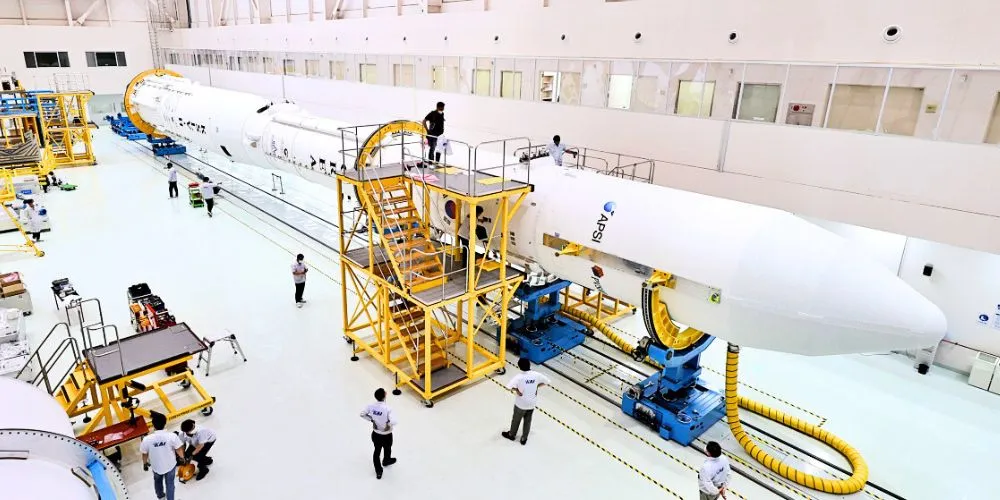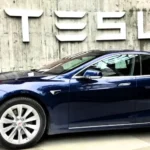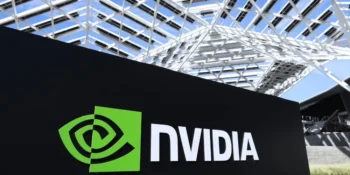Key Points:
- Korea’s KSLV-III project aims to develop a next-generation space launch vehicle capable of lunar exploration by 2032.
- The bidding process initially involved Hanwha Aerospace and KAI, with KAI withdrawing from contention.
- Hanwha Aerospace is expected to be the sole bidder, prompting the government to consider a sole-source contract.
- Concerns persist regarding private sector interest and potential delays, but government officials remain optimistic about project timelines.
Korea’s ambitious $1.5 billion next-generation space launch vehicle project, known as the Korea Space Launch Vehicle-III (KSLV-III), encountered a solitary bidding scenario as the competition narrowed to a one-man show. Initially envisioned as a showdown between leading aerospace companies, the bidding process took an unexpected turn, leaving one contender standing.
The KSLV-III project aims to develop a rocket capable of sending a lunar lander to the moon by 2032, boasting a mission capacity three times stronger than its predecessor, the Nuri rocket, which demonstrated Korea’s satellite launch capabilities through successful missions in 2022 and 2023.
Originally anticipated as a competition between Hanwha Aerospace and Korea Aerospace Industries (KAI), the bidding landscape shifted when KAI withdrew from the process on February 21, leaving Hanwha Aerospace as the sole prospective bidder.
KAI’s decision to abstain from the bidding was motivated by its strategic focus on independent space mobility initiatives aligned with its “Global 2050 Vision.” Despite not leading the KSLV-III project, KAI pledged its commitment to support the endeavor and emphasized its dedication to developing innovative space technologies.
With Hanwha Aerospace likely to emerge as the sole bidder, the government is poised to proceed with a sole-source contract, ensuring continuity in the project timeline. Although concerns linger regarding tepid private sector interest and potential delays, government officials remain optimistic about project progress.










